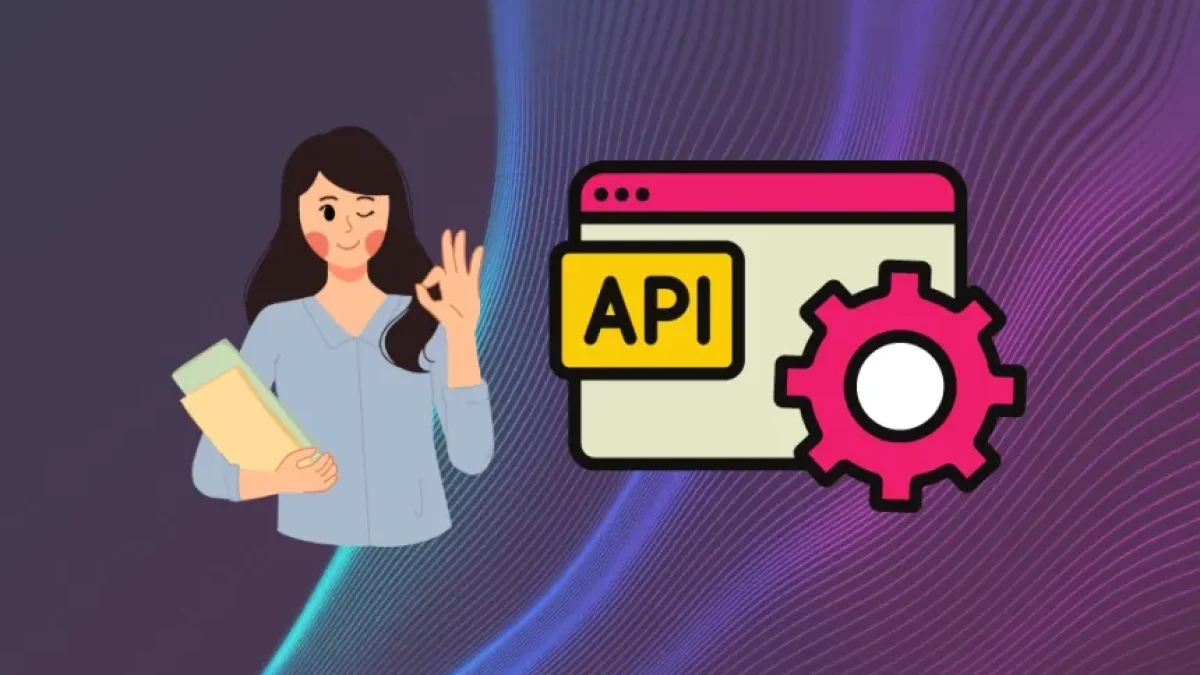Best Practices for Writing RESTful APIs


The development of RESTful APIs has become a fundamental part of modern application development. A good API enhances communication between different systems and allows developers to create more scalable and maintainable applications. In this article, we will discuss the best practices for writing RESTful APIs, which will facilitate their adoption and use for both developers and clients.
What are RESTful APIs
RESTful APIs are interfaces that use the REST (Representational State Transfer) architectural style to enable communication between systems. Those designed under this style are lightweight, easy to consume, and based on the principles of the web.
Principles of REST
- Client-Server: Separates concerns, allowing both to evolve independently.
- Stateless: Each request from the client to the server must contain all the information necessary to understand it, reducing the load on the server.
- Cacheable: Responses should be marked as cacheable or not, to optimize performance.
- Uniform Interface: Facilitates interaction between different systems.
- Layered System: Allows for complex architectures, where each layer has its own responsibilities.
Structure of RESTful APIs
Use of Friendly URIs
URIs (Uniform Resource Identifiers) are the key to accessing resources in a RESTful API. Best practices include:
- Pluralized Resource: Use plural names to represent collections.
- Example: /users instead of /user.
- Hierarchy: Reflect the hierarchy of resources in the URIs.
- Example: /users/{id}/orders to access the orders of a specific user.
- Avoid Verbs in URIs: Use nouns that represent resources instead of verbs.
- Example: Instead of /getUsers, use /users.
Appropriate HTTP Methods
Using the HTTP methods correctly is essential. Here are the most commonly used in a RESTful API:
- GET: Retrieve data.
- POST: Create a new resource.
- PUT: Completely update an existing resource.
- PATCH: Partially update a resource.
- DELETE: Delete a resource.
Handling HTTP Status Codes
HTTP status codes are crucial for the client to understand the server's response. Here are some of the most common:
- 200 OK: Successful request.
- 201 Created: Resource successfully created.
- 204 No Content: Successful request with no content.
- 400 Bad Request: Bad request.
- 401 Unauthorized: User is not authorized.
- 404 Not Found: Resource not found.
- 500 Internal Server Error: Server error.
Authentication and Authorization
Ensuring security is essential when creating RESTful APIs. Here are some recommended practices:
Use of Tokens
Implement token-based authentication methods, such as JWT (JSON Web Tokens). This allows verifying the user's identity without the need to send credentials with each request.
Read also
CORS (Cross-Origin Resource Sharing)
Properly configure CORS to define which domains can access your API. This is crucial for security, especially when the API will be consumed from different front-end applications.
Documentation
A good API should be well documented. The documentation should include:
- Description of each resource
- Examples of requests and responses
- Error Handling: Includes examples of common errors and how to handle them.
- Authentication Guide: Explains how users should authenticate.
Recommended tools for documenting APIs are Swagger and Postman.
API Versioning
When developing an API, you will likely need to make changes that are not backward compatible. Implementing versioning is important to ensure that existing clients continue to function smoothly. Versioning strategies include:
- In the URL: Use a prefix to indicate the version (e.g., /v1/users).
- In headers: It can be indicated in the request headers (e.g., Accept: application/vnd.example.v1+json).
Version Control and Deployment
Lifecycle Management
Establish a plan for managing the lifecycle of your API. This includes the ability to deprecate older versions and ensuring a clear process for communicating changes to clients.
Monitoring
Implement monitoring tools (such as Prometheus or Grafana) to measure the health of the API and how resources are used. This helps to optimize performance and plan future developments.
Conclusions
Developing effective and efficient RESTful APIs requires following the best practices mentioned. From defining URIs to authentication, each aspect has a significant impact on the developer and client experience. The key is to strike a balance between functionality, security, and usability. As you continue developing and refining your API, remember that a well-designed API is a valuable resource that can enhance the relationship between different software components.
By following these guidelines, you are on your way to building robust and scalable RESTful APIs that will facilitate integration and rapid development within your organization.



















